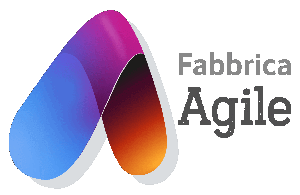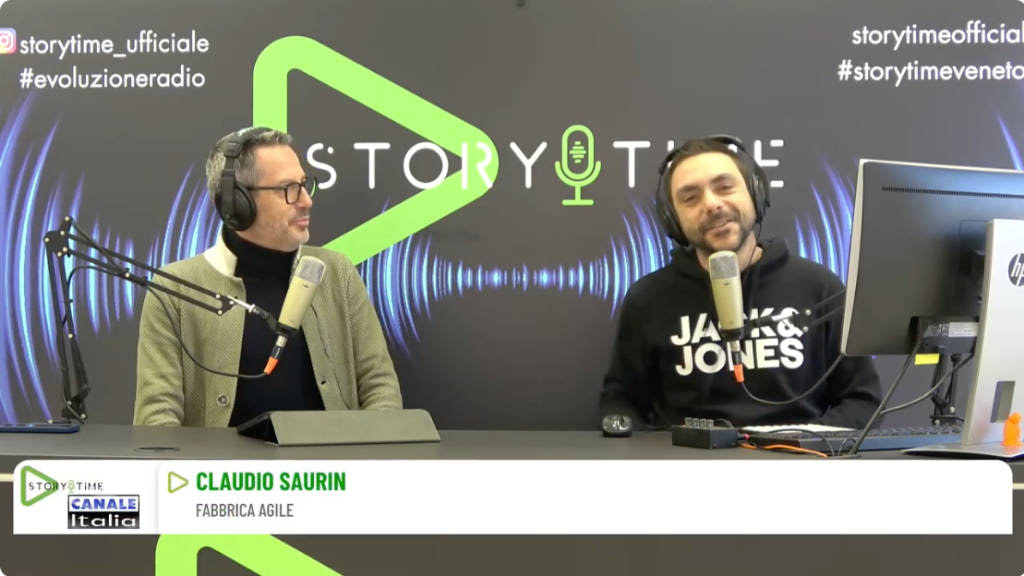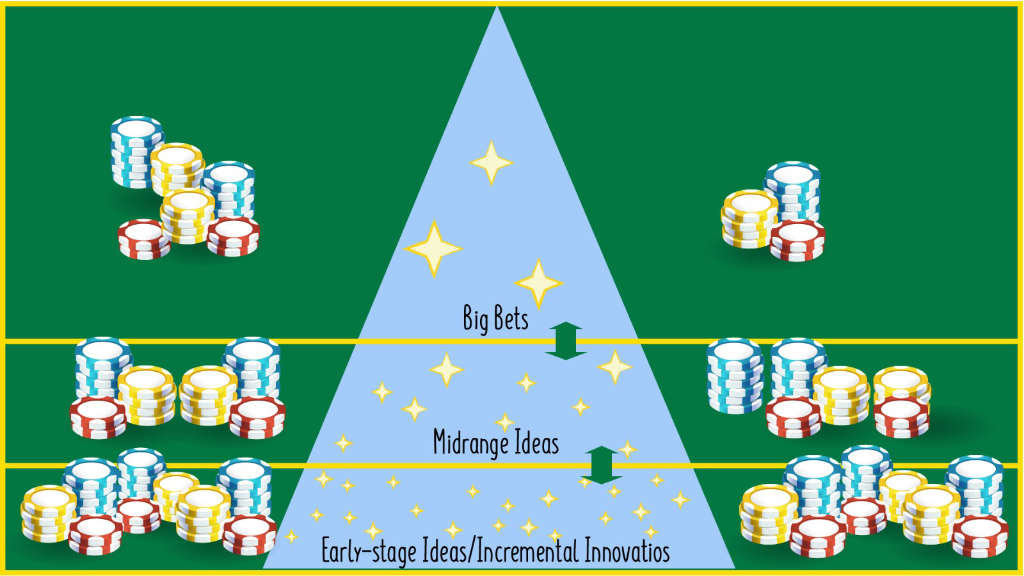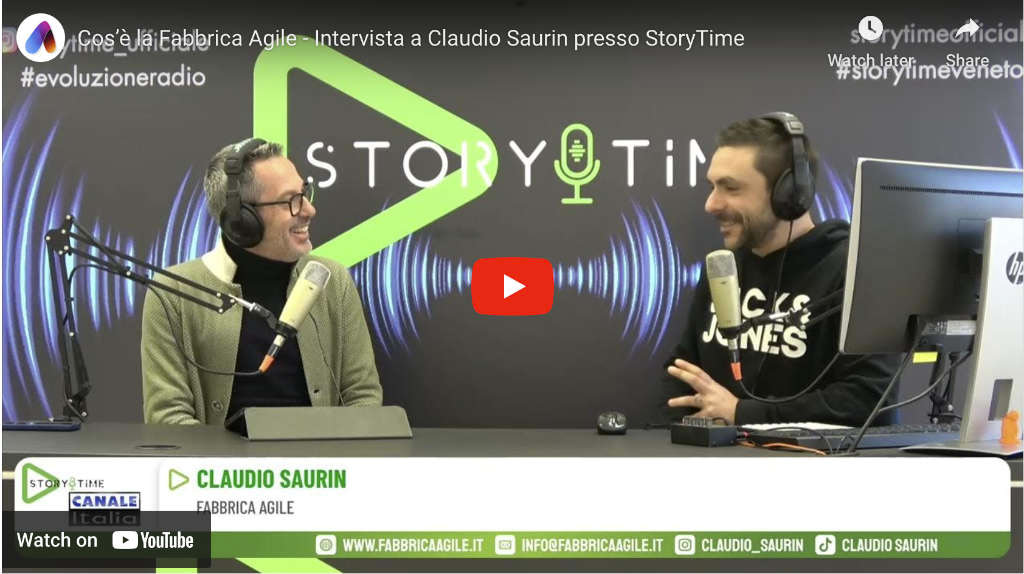In my previous newsletter I talked about ‘autonomy, which is the first of the factors underlying intrinsic motivation
I will focus today on mastery, which, as Daniel Pink writes in his book Drive, is the second factor underlying intrinsic motivation.
Mastery is the process of becoming skilled in a given activity, which is why I associate it with the term competence or skill. I think that in the creative economy, mastery is a key factor in solving complex problems.
It also takes an open mind and a willingness to experiment and sometimes improvise.
I think the ideal team for the creative economy and the VUCA world, is a jazz team.
Jazz musicians have such a great mastery of their instrument that allows them to improvise without the audience noticing.
The jazz team fascinates me because the musicians, at the end of each piece, take turns taking a solo supporting before and after each other’s.
They have dual leadership skills first as protagonists and then as supporters of other band members.
The goal I have been hearing for a long time is how to make a product development team closer to a jazz team.

Mastery according to Pink is:
- A mental attitude about the possibility of improving oneself
- effort, because talent is not enough you also need the grit to achieve goals
- an asymptote because you can get close to its fullness without being able to really reach it.
Mastery is far more difficult than autonomy. The whole thing is very nice but what to do to get normal people to take this path
The secret to continuing on this difficult path is for there to be moments of real pleasure in doing things, to balance out the less pleasant ones.
Psychologist Csikszentmihalyi, identified a psychological state of maximum positivity and gratification, which we can experience during complete immersion in a task.
Csikszentmihalyi called this state “flow” or optimal experience.
We encounter the optimal experience when the challenge we are facing pushes us to employ our skills close to our limits.
I have been lucky enough to experience this “flow” condition several times and have seen it in many people on the agile teams I have followed.
I have found it to be a powerful way to charge us with the energy we need to face new challenges.
As Albert Bandura argues in social learning theory, the more people convince themselves that they are up to the task, the more success raises their aspiration levels.
Teamwork helps tremendously because, through mutual support, the more self-efficacious people perceive themselves to be, the more they raise their aspirations and the more they tend to assign themselves increasingly ambitious goals.
In my years of experience in physical product development, I have seen many people transform.
I remember in particular a planner, whom I might describe as ” rustic”, who showed himself as a practical and hurried person in his dealings with others
I have seen him change, working in these agile teams.
He has become a person who cares more and more about the quality of his own work and that of the team.
He abandoned this somewhat brusque and sometimes oppositional persona of his, understanding that soft skills became a requirement for him
He shares his knowledge, helps colleagues and grows the younger people on the team.
What a transformation agile teamwork modes can bring in the motivation of each of us, but I will come back to that in a future article.





